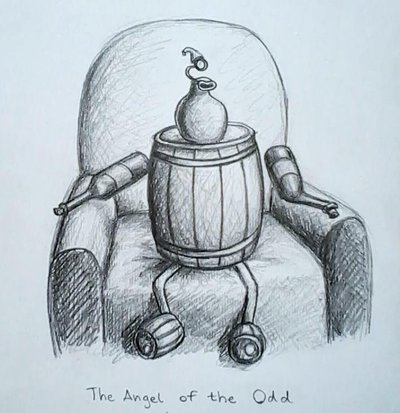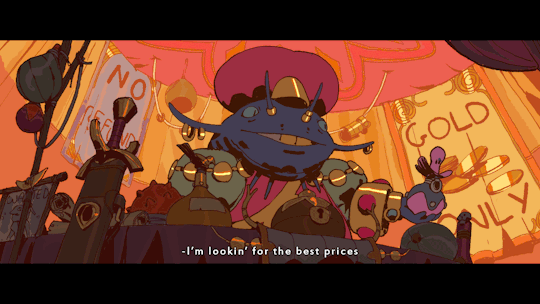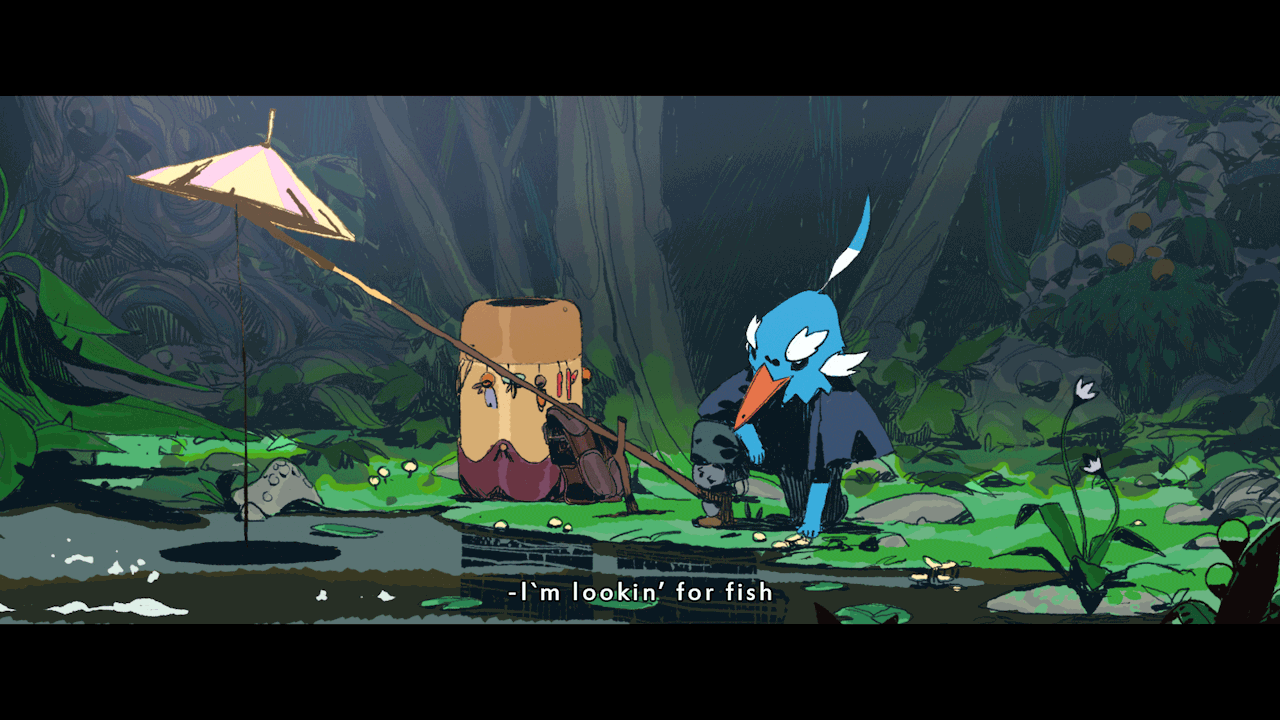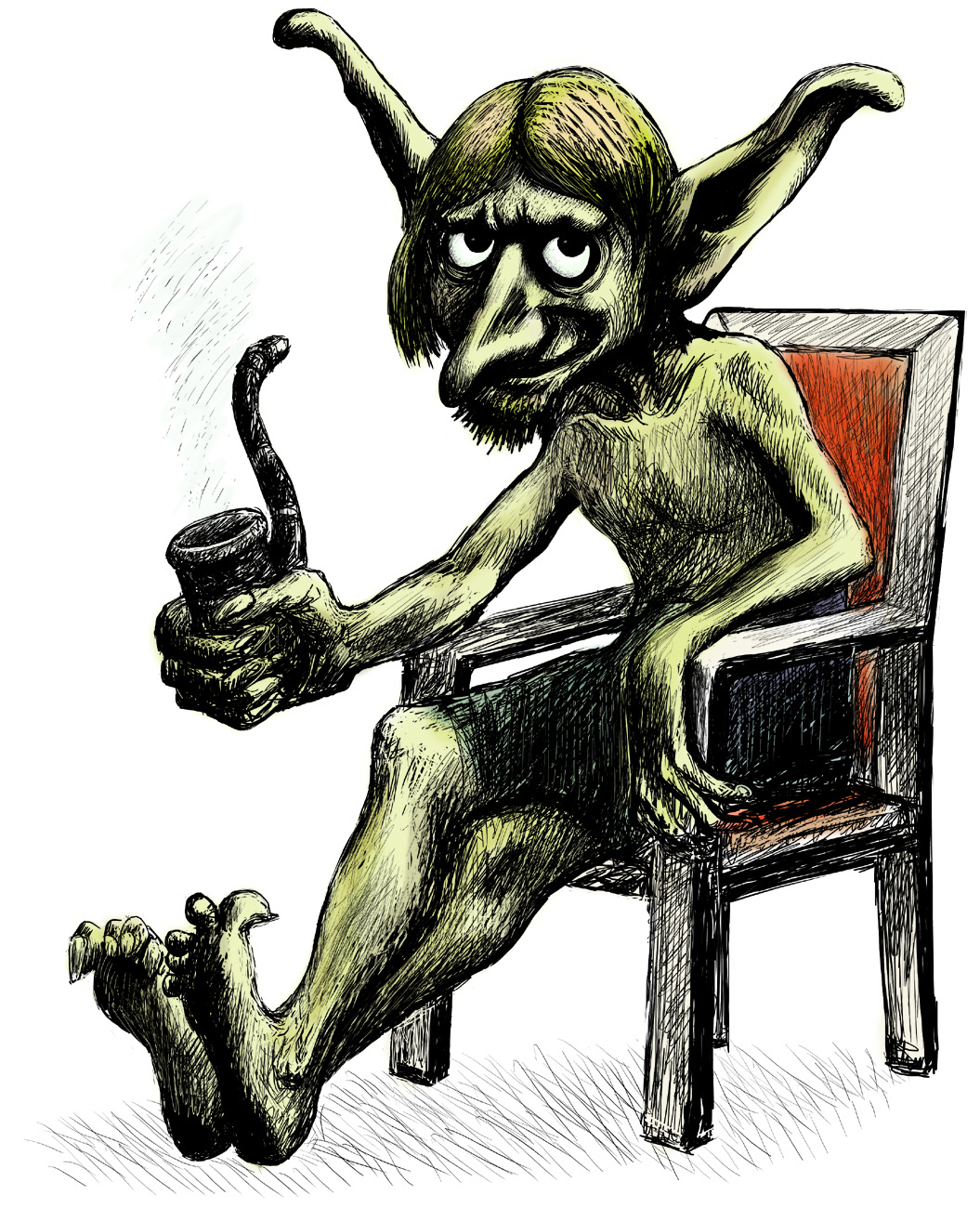| Alemental by some guy on Reddit |
1-10HD Alemental aka Ethylmental
Appearance: Similar to a water elemental, but with differences in coloration and consistence depending upon their primary make up. Might be red or clear or golden, may have a foaming top etc.
Wants: To create more Alementals, to get everyone drunk
Armour: As Plate
Move: Half Normal, or Twice Normal through liquids
Morale: 8-12
Damage: HD d4 + 1 Drunk Point
Created as the height of decadence by one of the civilizations that claimed the Cellar. Being too constantly inebriated and too thoroughly debauched to care about such things as tableware, they created a number of beings whose sole purpose was to feed themselves to their creators. Same said civilization is supposedly at fault for the plethora of weird golems in the Cellar. Small Alementals would live to dive right into the open mouths of their thirsty masters. Larger Alementals could refresh themselves from barrels then be suckled upon by plastered partiers. Today, however, the Alementals have been left to their own devices for centuries. They seek the rare reagents needed to create more of their kind which must be placed in a barrel of alcohol and aged for a year before a new Alemental can be born. Alementals grow by absorbing more of the same alcohol from whence they were born, which is why the biggest Alementals tends to be made of the cheapest alcohol. Their personalities tend to reflect what they are made of, but they are all drunk in one way or another. Beermentals tend to be like frat boys. Winementals tend to be laid back and sleepy, but really fancy vintages can be haughty and snobby. Whiskeymentals tend to be highly aggressive and so on. For every gallon of alcohol an Alemental absorbs, they regenerate an HD of HP. If they can absorb HD gallons in a single day they gain an HD up to 10. A 1HD Alemental can be swallowed in one large quaff by anything halfing sized or larger and gives 1d8 Drunk Points. Larger Alementals can sacrifice an HD to do the same, Save vs. Poison (or Con or something) to avoid being forced to drink. Like a water elemental, a Alemental can flow through any crack (under doors, through key holes, etc.) with ease.
5HD Methylmental
Appearance: Almost identical to Ethylmentals, it would take an alchemist to tell the difference on sight.
Wants: To kill you, you meat sack
Armour: As Plate
Move: Half Normal, or Twice Normal through liquids
Morale: 12
Damage: Everything within 30' Save vs. Blindness then Save vs. Death from methanol fumes, same with disadvantage if it physically strikes. You have a bonus to your save equal to the number of Drunk points you currently have.
The Methylmental was a mistake. The Methylmental is dying and it knows it. Every round it loses 1HP from evaporation and its is so goddamn angry about it. It will attempt to leave as wide a path of destruction as it attempts to force its pain upon everything nearby. It is incredibly difficult to damage, however fire deals double damage against it as it catches its fumes ablaze. Where an Ethylmental is a stumbling drunk, the Methylmental is direct, focused, and deadly. Like a water elemental, a Methylmental can flow through any crack (under doors, through key holes, etc.) with ease.
 |
| Someone's take on the Angel of the Odd, can't find who |
Golems
The Cellar has a plethora of Golems inhabiting it, many of them created by the same folk who called up the Alementals. Here are two of the most common varieties.
1HD Bottle Golem
Appearance: A glass bottle with small copper wire arms and feet.
Wants: To Pour The Wine
Armour: None
Move: Twice Normal
Morale: 12
Damage: See Below
Shatter: A single strike shatters the Bottle Golem's bottle, everyone within 30' must Save vs. Dex (Plate and above are immune) or take 1 damage from flying glass shards. This also releases whatever the bottle was containing.
Pour: A Bottle Golem has a 3-in-6 chance of containing normal wine. However it also has a 1-in-6 chance of containing a powerful acid (2d6 Damage), a 1-in-6 chance of containing a random potion, and a 1-in-6 chance of containing a 1HD Alemental. If you are feeling mischievous, 1% chance of holding a Noble Efreet or Djinn
Bottle Golems existed entirely for the purpose for serving wine. Technically, the Golem part of the Bottle Golem is just the twisted copper wire that serves to hold and transport the wine bottle. When inert, the Bottle Golem simply appears as a wine bottle with fancy copper wire decorations. When active, the Bottle Golem seeks to fill any designated container with whatever liquid they are carrying. If not told otherwise, they will continue to fill containers until their bottle is empty, where upon they will seek a new bottle and continue the process. Bottle Golems can only defend themselves by allowing their bottle to be shattered or by pouring their contents upon their attacker. A Shatter Spell instantly destroys Bottle Golems. Fire spells can cause their bottles to spew superheated alcohol in a 10' line dealing 1d6 damage. Electricity spells hasten the Bottle Golem. Cold spells halve the the Bottle Golem's speed.
3HD Keg Golem
Appearance: A large wooden barrel with two smaller barrels for legs, two large wine bottles for arms, and something like a tin canteen with a funnel for a head.
Wants: To Pour The Wine, To ferment, to make ceaseless small talk in a dead language
Armour: As Leather
Move: Half Normal
Morale: 12
Damage: See Below
Knock: The Keg Golem gives a hard tap to the forehead with one of its bottle hands for 1d6 damage
Swallow: Contested STR Save, the Keg golem can open up and swallow 1 human sized target. Anytime the Keg Golem is Damaged, its occupant take half the damage.
Roll: The Keg Golem can pull in its arms and legs and roll at twice normal speed in a straight line. Occupants take 1d6 damage and any in its path take 2d6 and must save or be knocked prone.
Pour: Roll 1d6. 1-3. Random Wine or Whiskey, 4. Random Potion, 5. Skeleton (50% of being 1HD animate Skeleton), 6. 2HD Alemental
The Keg Golem was designed as a sort of advanced version of the Bottle Golem, meant to serve alcohol at large feasts. The Keg Golem was also able to function as a sort of bouncer for rowdier guests and a conversation partner for the completely inebriated. When engaged in conversation it will repeat on loop various bits of pre-programmed gossip, news, and niceties in a mildly drunken baritone voice. It speaks in the dead language of its creators, but if one could translate it, one may learn some insights into the Cellar. The Keg Golem takes double damage from fire and is slowed by Warp Wood spells.
 |
| This, but the size of a warhorse and can burp fire. |
6HD Schnapshund
Appearance: Something like a fusion of a Saint Bernard, A Tibetan Mastiff, a Bat and a Camel
Wants: Alcohol, meat, pets, to protect certain vintages
Armour: As chain
Move: 1.5 Normal
Morale: 8, 12 when defending something
Damage: 2d6 Bite +Drunk Point (to be expanded upon), Fire Belch 1/day 30' cone 5d6 Fire damage
The Schnapshund was bred by a now lost civilization to protect their most valuable vintages. Upwards of 50 stone in weight and on average about 14 hands high, the Schnapshund makes the average Dire Wolf look like a lap dog. More or less dog-shaped, the Schnapshund has copious facial wrinkles hiding their almost useless eyes. They instead depend upon their smell and hearing with almost elephantine ears and deep resounding barks for echolocation. Their dense cold-resistant fur coat covers a exceptionally thick and muscular frame, with almost all of their fat being stored in a large hump between their shoulder. This fatty issue actually assists the Schnapshund in processing alcohol into usable water and nutrients. While the Schnapshund will jealous guard whatever alcohol they were originally placed to guard, they lap up anything else that they might find. Their system is so permeated with alcohol that their very saliva is 60 Proof. Schnapspups can be trained to be affable, if ungainly companions but wild adult Schnapshunds tend to be distrustful and territorial. Eating a Schnaphund is possible but problematic. No parasite seems capable of thriving in their alcohol rich system, but it also means ingesting their meat without long and thorough cooking is like guzzling pure grain alcohol. It tastes something like the midway point of lamb and beef with a distinct alcoholic aftertaste (dependent on their primary diet), Schnapshund fat can be processed into an efficient blue burning fuel source as well.
1: A pocket of uncooked Schnapshund fat, Save vs. Con or go blind from alcohol poisoning
2-5: Good Meat
6: Vintage Sense: Gain for 24 hours the ability to track a specified alcohol by scent alone and par excellence sommelier skills.
2HD Wolf Yeast
Appearance: A light tan mass of foam in approximately the shape of a wolf.
Wants: To eat your sugars
Armour: Unarmored
Move: 1.5 Normal
Morale: 8
Damage: 1d6 Bite, with a bite from two separate Wolf Yeasts save vs. Con or get the Yeast Infection
"Y'see, hic, the modern yeast is uh...is uhh...like well like dogs y'see? We've bred the ability to mate out o' em our yeast--most of our brewery yeast? Yeah, that, urrrp, that shit is cloned. Now wild yeast...truly buck fucken wild yeast...that's a different story."
This is the Ur-Yeast before god and man tamed it into what it is today. This is the Yeast that ate through harvests and people alike, leaving a trail of foam and alcohol. This is the Yeast that nearly ate the world. But in ancient times it was shattered (splattered?) and shoved into the belly of the earth. Its access to sugars now limited and incapable of fusing into a monstrous mass, the Wolf Yeast works as aggressive pack hunters seeking to drink the glucose from live prey. While most times Wolf Yeast seeks to kill and devour their prey quickly, sometimes a pack will leave a victim at death's door instead. When a single victim gets bitten by multiple Wolf Yeasts, they leave behind a little bit of themselves to course through the bloodstream, absorb nutrients, and mate. Without some sort of antifungal or a Cure Disease spell, the Yeast Infection slowly eats up all your glucose and expands. Over 2d6 days the victim experiences dizziness, extreme hunger, headaches, confusion, sweating, shaking, blurred vision, and personality changes. They lose a point from each of their mental stats and Constitution each day. At the halfway point their movement becomes halved due to extreme bloating. On the last day, a freaking wolf made of yeast eats it way out of their body and rushes off to find its pack.
Throwing sugar beets at them are a valid way to keep them busy while you run away. Wolf Yeasts leave a trail of alcohol wherever they go and any space that they occupy slowly becomes a suffocation hazard as they release vast quantities of carbon dioxide. Schnapshunds and Wolf Yeasts attack one another on sight.
 |
| Maenads at work |
2HD Maenads
Appearance: Mostly human-like, predominately female. Dressed in stained robes and grape leaves, bloodshot eyes, grasping claw-like hands.
Wants: To drink, to party, to give into wanton instincts of sex, hunger, and bloodlust
Armour: As Leather
Move: Normal
Morale: 6/12- When frenzied
Damage: See Below
Claw: 1d6
Blood Frenzy: As soon as first blood is drawn, their claw attack becomes 1d6/1d6
RIP AND TEAR: A Frenzies Maenad will rip and tear at their victims. If they roll max damage, they will either 1. Tear off a random item or 2. tear at the victim's armor. In the first case, the Maenad will tear the item to pieces on their next turn if it is not retrieved. In the second, the Maenad will half the armor's effectiveness until it can be repaired. A Maenad RIP AND TEARing an unarmored victim deals and additional 1d6 damage.
Maenads are the incarnation of debauched alcoholic frenzy. Nominally they are servants of one or another God of Revelry and Alcohol, but if you ask them, they probably don't remember which. Maenads are pure Id and deeply tribal. If a thing is not part of the Maenads and doesn't show itself to be immediately beneficial to the Maenads, they immediately fall upon it with savage violent glee. Maenads can potentially be calmed with sufficient offerings of quality alcohol (is very large quantities of cheap alcohol) but are like sharks in a feeding frenzy as soon as blood is scented. 5 or more Maenads create an unconscious aura of debauchery and any within hearing distance must Save vs. Charm or be drawn into their Caligulan festivities.
A Greater Maenad has become one with their wanton instincts and are incapable of any sort of reason beyond their selfish desires and need for revelry. A Greater Maenad is always naked but has Armour as Chain, 5HD and is always considered in a Blood Frenzy. Hearing a Greater Maenad is enough to provoke a Save vs. Charm to join the Maenads' party. Spending more than 48 hours in the presence of a Greater Maenad turns the victim into a Lesser Maenad.
 |
| What? I'm totally serious here guys. |
Peanuts
Okay, I know what you are thinking: How are nuts going to be a threat to my players? Well first off, you uncultured swine, peanuts are a legume. Second off, there is nothing like a few thousand years in intensely magical soil to make things go...weird. No one is quite certain who was the first to breed these cultivars or even why, but all can agree that a wizard probably did it while thoroughly intoxicated. While there are dozens of interbred cultivars infesting the Cellar, two are of particular note.
2HD Virgencia
Appearance: Arm thick roots hanging from the ceiling and walls, heavy with nuts the size of a dwarf.
Wants: To club unwary prey to death and drain their nutrients
Armour: As Leather
Move: N/A
Morale: 12
Damage: 1d6 Bludgeoning, 1% chance of causing anaphylactic shock (Save or Die)
The Valencia Peanut is known for the number of seeds each pod could hold and the Virginia Peanut is known for its prodigious size. The Virgenia is the result of fusing these two cultivars together and growing them in alchemically enhanced soil. On the surface they seem to be simple yellow flowers, but their roots extend deep into the earth where their seeds hang in oversized bunches from the underdark ceiling. Having long since leeched much of the nutrients from the soil, the Virgencia now obtains nutrients from battering prey to death and pulling it up into their root system. While lone Virgencia can occasionally be found hanging around, they usually come in large batches with much of the headspace of smaller chambers being filled with their wildly swinging bludgeons. They cannot see or detect movement in anyway, but they can smell the carbon dioxide in your breath and are triggered into their frenzy by your exhalations. If cut from the root and roasted or boiled, a single Virgencia pod contains 2d4 rations.
0HD (1hp) Runner
Appearance: Small tangled patches of plant matter that suddenly leap to life.
Wants: To infest unwary prey and drain their nutrients
Armour: None
Move: Twice Normal
Morale: 8
Damage: 1 Piercing Damage ignores leather armor, 1% chance of causing anaphylactic shock (Save or Die)
The Runner Peanut grows in large patches often near to patches of Virgencia. Like their larger cousins, the Runners cannot see or hear, but they can detect breath. When a breathing creature is within 30 feet of a patch of Runner Peanuts, they spring into 2d6 (exploding) small predators looking something like a demented topiary fusion of a cat and a spider. They run in a straight line towards the greatest source of carbon dioxide and swarm over it, stabbing with small sharpened roots strong enough to pierce leather. Once their prey has been felled 1d6 of the Runners will take root in the corpse to absorb its nutrients while the rest either continue the attack or retreat back to their original patch. A keen eye can notice skeletons under inactive Runner patches. A single Runner can be harvested of a enough peanuts to be roasted for 1 ration, however they have a metallic flavor that not all find appealing.
Rules for Drunkeness-
COPIED RIGHT FROM ARNOLD K, MAY CHANGE- Every drink you take gives you a drink point. You lose a drink point every hour.
- The first X drink points do nothing, where X is half of your Constitution. Each drink beyond t hat threshold is instead a drunk point.
- Each time you gain a drunk point, you must make a Con check to avoid passing out.
- Each drunk point gives you -1 to Initiative, Saves vs charm or emotion, and Con checks to avoid passing out when binge drinking. Additionally, each drunk point expands your fumble range by 1 (so if you had 3 drunk points, you would fumble when you rolled a 1-4, instead of just a natural 1.)









